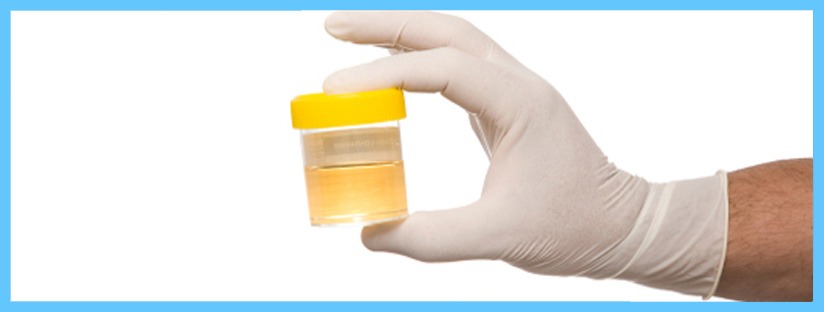Urinalysis Testing
A urinalysis is a group of tests that detect and semi-quantitatively measure various compounds that are eliminated in the urine. These include the byproducts of normal and abnormal metabolism as well as cells –– including bacteria –– and cellular fragments. Urinalysis testing is safe, quick, and painless and medical professionals have been using urinalysis for hundreds of years. Essentially, it is a study of the makeup of a person’s urine.
Medical professionals test urine because it’s possible to detect certain infections with a urine sample. In addition, a study of the urine can give a medical professional insight into a patient’s overall health and well-being. The presence –– or lack of presence –– of certain chemicals or compounds in the urine can indicate a potential medical issue.

How is the Sample Collected for Testing?
Urine for a urinalysis can be collected at any time. Because of the potential to contaminate urine with bacteria and cells from the surrounding skin during collection (particularly in women), it is important to first clean the genitalia. Women should spread the labia of the vagina and clean from front to back; men should wipe the tip of the penis. As you start to urinate, let some urine fall into the toilet, then collect one to two ounces of urine in the container provided. Void the rest into the toilet. This type of collection is called a midstream collection or a “clean catch.”
Individuals do not need to fast or take any special measures to prepare for a urinalysis. Most urinalysis test results are delivered within 1-3 days after completion. If you choose to get tested at one of our facilities, we offer patients the option to receive their confidential test results online, over the phone, or through the mail.
What is the Purpose of Urinalysis?
There are several reasons why a doctor or medical professional will recommend a urine test. Many disorders can be diagnosed in their early stages by detecting abnormalities in the urine. These abnormalities include increased concentrations of constituents that are not usually found in significant quantities in the urine, such as:
- Glucose.
- Protein.
- Bilirubin.
- Red blood cells.
- White blood cells.
- Crystals.
- Bacteria.
These compounds may be present because there are elevated concentrations of the substance in the blood, and the body is trying to decrease blood levels by “dumping” them in the urine; or, they may be present because kidney disease has made the kidneys less effective at filtering; lastly, in the case of bacteria, these compounds may appear due to an infection.
As such, a medical professional may suggest a urine sample in order to check on the presence of any abnormalities in the urine, diagnose a medical condition they suspect through a urine test, or monitor a condition they know exists by examining urine.
For instance, it’s a good idea to get a urine test if you notice any physical abnormalities in regard to urine. Painful urination, cloudy urination, and/or blood in the urine can indicate the possibility of a serious medical condition. In addition, urinalysis can be used in the process of an annual checkup, even if no symptoms are present.
Diseases Detected by Urinalysis
A number of diseases and infections can be detected through a urinalysis. A few of them include:
- Diabetes.
- Kidney disease.
- Liver disease.
- STDs.
- Chlamydia.
- Gonorrhea.
Other conditions, like pregnancy, can be detected through a urine sample, but urinalysis tests are not designed for such use.
3 Phases of Urinalysis
A regular urinalysis consists of three distinct phases. They are:
- Physical Examination –– an evaluation of the urine’s color, clarity, and concentration.
- Chemical Examination –– a chemical test for nine substances that provides valuable information about health and disease.
- Microscopic Examination –– identifies and counts the type of cells, casts, crystals, and other components (bacteria, mucus) that can be present in urine.
Usually, a routine urinalysis consists of physical and chemical examinations. These two phases can be completed in just a few minutes in the laboratory. A microscopic examination is then performed if there is an abnormal finding on the physical or chemical examination, or if the doctor specifically orders it.
